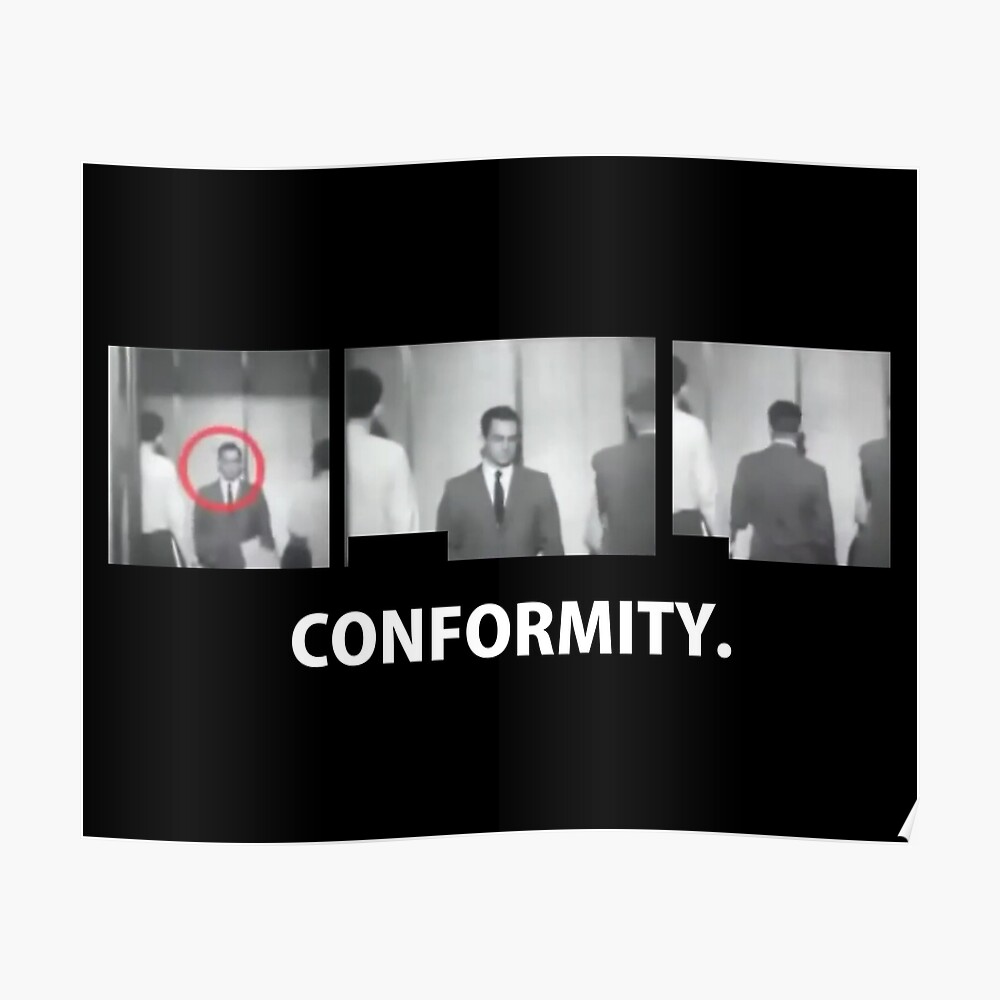The Asch conformity experiment, also known as the Asch Paradigm, was a series of psychological experiments conducted by Solomon Asch in the 1950s to study the extent to which social pressure from a group could influence an individual to conform to the group's norms, even if it meant going against their own perceptions and judgments.
In the experiment, Asch brought together a group of participants and asked them to participate in a visual perception task. The group was shown a card with a line on it, followed by another card with three lines of varying lengths. The participants were asked to pick the line that matched the length of the line on the first card.
However, the catch was that the majority of the participants were actually confederates, or accomplices, of the experimenter. They had been instructed to give the wrong answer on certain trials, and the real participant was the last to give their answer.
Asch found that on these trials, the real participant would often go along with the incorrect answer given by the confederates, even though the correct answer was obvious. This demonstrated the power of social pressure and the tendency for individuals to conform to the group, even when it goes against their own beliefs and judgments.
The Asch conformity experiment has had a significant impact on the field of social psychology and has been widely cited in the study of group dynamics and conformity. It has also been replicated and modified in various forms, and its findings have been applied to a range of real-world situations, including jury decision-making and consumer behavior.
Overall, the Asch conformity experiment illustrates the strong influence that social pressure can have on individual behavior and highlights the importance of being aware of and resisting the temptation to conform to group norms, especially when they go against our own beliefs and values.








